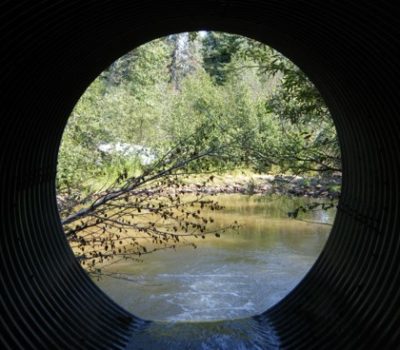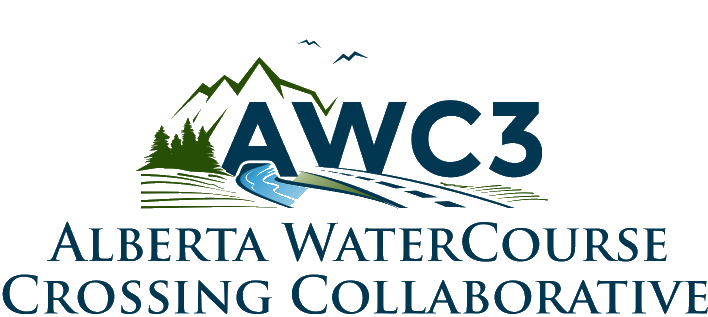Objectives
01
INFORMATION TRANSFER
A web-based spatial platform advising on problem status and restoration progress. Active monitoring and reporting on successes will help drive the restoration trend.
02
EDUCATION AND TRAINING
Provide information on watercourse crossing management, including regulatory approvals, maintenance, inspections, construction BMP’s, and final habitat restoration.
03
SUPPORT AEP REGULATORY INITIATIVES
AEP updated the Roadway Watercourse Crossing Remediation Directive in July 2019, outlining the purpose and the pace of restoration required.
04
SUPPORT EVIDENCE-BASED MANAGEMENT
Support applied research initiatives including; inventory, modeling, and operational works to manage restoration efforts in an adaptive manner.
Key deliverables of the AWC3 will include
- Regular forums for disseminating WCC information in the province
- Online source for WCC information in the province
- A spatial and temporal venue for reporting the status of the WCC recovery effort
Natural resource development in the Province has progressed at a pace determined by approved exploration and roaded access development. Historical watercourse crossing construction has not adequately considered fish passage and habitat connectivity. Over time watercourse crossings degrade and become barriers to passage upstream isolating extended reaches of usable habitat, these same crossings become point source inputs of sediment damaging the stream reaches downstream.
Alberta has over 150,000km of resource roads, approximately 30% of these watercourse crossings will fail the current inspection protocol. It is projected that within 8-10 years, several of Alberta’s native salmonid species will be extirpated from many productive watersheds. This is a problem that is tangible, it is fixable, and it requires a collaborative approach. The solution is to address the issue at a landscape level that crosses over watershed and tenure owner boundaries and works with the restoration of key species and watersheds in a dynamic and progressive manner.
Having clear information (spatial, temporal, and instructive) on the status of the problem, methods of appropriate repair and the rate of restoration underway will drive a trend towards the recruitment of lost habitat and recovery of the individual species. Managers without information on a problem they are required to solve will struggle to find a solution. AWC3 will address this problem by collecting and organizing information in a usable manner to roadway owners and practitioners who help.

Analytic Hierarchy PROCESS (AHP) for restoration prioritization
This is a survey that will rank the importance of watercourse and watershed and fisheries values. Survey results will be posted on this page and will continue to build and develop over time reflecting the values of society, professionals, practitioners, managers, and all who use, enjoy, and manage our watercourses.
Please click the below button if you wish to complete a Delphi Assessment on the valuation of Creek and watercourse crossing criteria.

